Ten years ago, if you had a shop selling books, airline tickets, music and video and consumer electronics, you probably weren’t too bothered by e-commerce. Sales on the internet were a marginal thing; there was little evidence to suggest the mass market was going online. Today if you still own a shop in these areas you are either highly specialized or going out of business. Nobody can argue that, in these categories, online shopping has not radically changed the retail landscape. Today this is far from being true in grocery retail. So should CPG marketers worry that the future of grocery shopping might be radically different to what we have become accustomed to today?
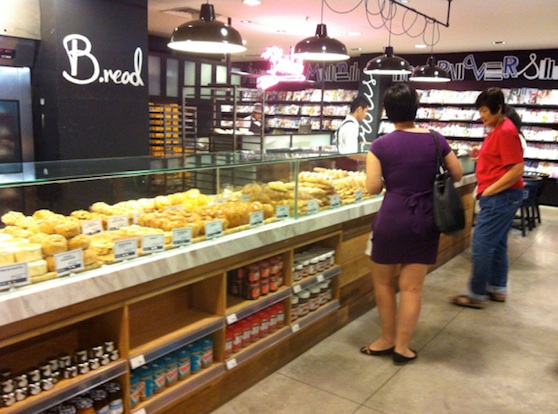
Today online grocery retail is marginal
Not a lot of people buy food and packaged groceries online today. Estimates suggest that in the US ‘non-traditional’ channels account for between 3 and 5%, in Australia maybe 5% and in most of Asia, less that 3%. So today internet sales are still a marginal thing – like they were 10 years ago for book retailers.
Whether you believe that grocery retail will stay offline or not, an un-arguable fact is that the likes of Walmart and Tesco are working hard to figure out how to create a great online offer and create a more enticing in-store offer. But despite all their efforts, progress has been slow.
Imagine my surprise then to find a great example of where I think grocery retail is going in Kuala Lumpur, Malaysia. My colleagues in KL recently took me to Ben’s Independent Grocer (BIG) in the Publika shopping mall.
BIG – A picture of the future
BIG is not so much a grocery store as a foodie’s theme park. The store presents an interesting case of what is likely to become the norm in leading stores globally. Here are four things I believe we are likely to see happening:
Focus on fresh
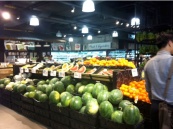 What BIG does really well is to draw shoppers into large and diverse fresh offer with great merchandising, lighting and signage. Fresh food will become more important in the future because the physical experience of handling choosing and learning about fresh product is difficult to duplicate online. A strong fresh offer will give shoppers a reason for visiting real stores.
What BIG does really well is to draw shoppers into large and diverse fresh offer with great merchandising, lighting and signage. Fresh food will become more important in the future because the physical experience of handling choosing and learning about fresh product is difficult to duplicate online. A strong fresh offer will give shoppers a reason for visiting real stores.
Focus on specialties
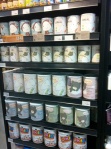 At BIG you can get things that aren’t generally available in the mass market or that aren’t necessarily practical to buy online – like organic baby products. Sure some concerned and very organized mums will take the time and effort to seek out these products. But most mum’s live in the real-world where they have to the juggle the needs of a family, a work life and a social life – stores that can bring the latest specialty products to these shoppers win kudos and make a trip all the more worthwhile.
At BIG you can get things that aren’t generally available in the mass market or that aren’t necessarily practical to buy online – like organic baby products. Sure some concerned and very organized mums will take the time and effort to seek out these products. But most mum’s live in the real-world where they have to the juggle the needs of a family, a work life and a social life – stores that can bring the latest specialty products to these shoppers win kudos and make a trip all the more worthwhile.
Focus on giving more
 At BIG you can buy a great range of booze – but here the added value is in the experience of buying – not just the act of doing so. Nothing that’s on offer in Ben’s could not be bought online in the future, but there’s something about a carefully curated range, set in a different and comfortable environment with a specialist on hand to advise, that makes visiting this liquor store just a little bit more fun than browsing online.
At BIG you can buy a great range of booze – but here the added value is in the experience of buying – not just the act of doing so. Nothing that’s on offer in Ben’s could not be bought online in the future, but there’s something about a carefully curated range, set in a different and comfortable environment with a specialist on hand to advise, that makes visiting this liquor store just a little bit more fun than browsing online.
Packaged groceries are for service
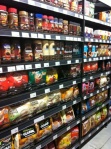 There’s plenty of CPG product available at BIG and much is pretty well done but it’s for service only – not the prime purpose of the store. BIG is trading on the experience you get from buying fresh food and specialties, not trying to differentiate itself on a range of packaged groceries that can be bought just as easily elsewhere.
There’s plenty of CPG product available at BIG and much is pretty well done but it’s for service only – not the prime purpose of the store. BIG is trading on the experience you get from buying fresh food and specialties, not trying to differentiate itself on a range of packaged groceries that can be bought just as easily elsewhere.
Is this the future of grocery shopping?
There’s no way of telling whether BIG will be a successful retailer in the long-term, certainly it’s long on high-priced stock and short on deep-pocketed shoppers. BUT there’s a lot to be learnt here about where multi-channel grocery retailing could end up.
The biggest implication for me of this is the role that real stores might play for the CPG industry. If CPG products become more marginalized in the store, brands will have to fight harder to make an impact both off-line and online. This is going to take some deeper thinking about the role that physical stores should play and the relationships brands need to create with shoppers and retail customers in the future. This is not a ‘sales problem’ – it’s a total marketing problem that requires marketers and sales people to work together to come up with new ways of engaging with consumers, shopper and retailers.
Here are some practical steps to take now:
- Research the roles physical stores currently play and the propensity of your shoppers to use online channels
- Learn more about those shoppers who already buy products online via CRM or digital analytics platforms.
- Learn more about what draws shoppers back to stores regularly.
If you’ve already taken these steps and can share what’s been learnt or if you’ve found other great examples of really engaging grocery environments – please do post them here!

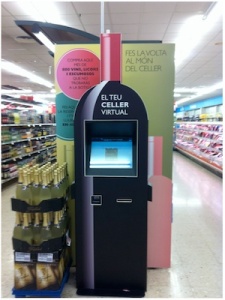
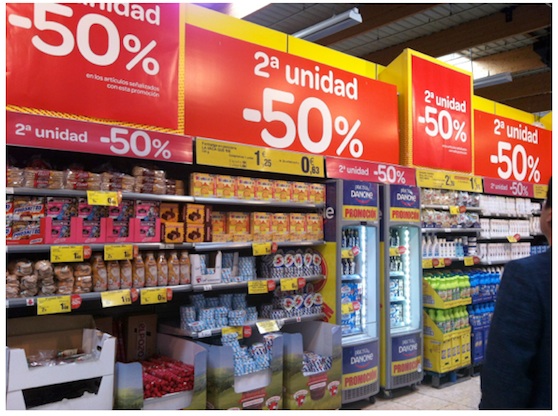
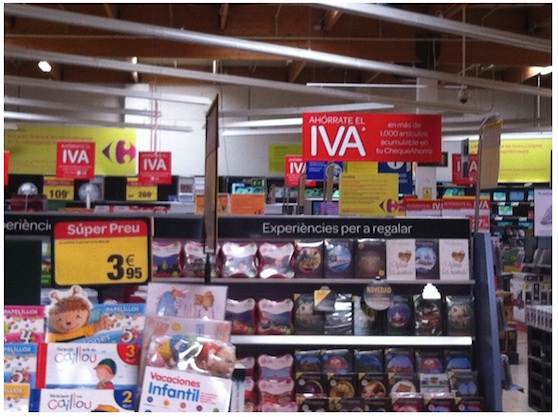
 For those who have missed the story, here’s what has happened. Back in 2006 Jeffries gave a rare
For those who have missed the story, here’s what has happened. Back in 2006 Jeffries gave a rare 
 What BIG does really well is to draw shoppers into large and diverse fresh offer with great merchandising, lighting and signage. Fresh food will become more important in the future because the physical experience of handling choosing and learning about fresh product is difficult to duplicate online. A strong fresh offer will give shoppers a reason for visiting real stores.
What BIG does really well is to draw shoppers into large and diverse fresh offer with great merchandising, lighting and signage. Fresh food will become more important in the future because the physical experience of handling choosing and learning about fresh product is difficult to duplicate online. A strong fresh offer will give shoppers a reason for visiting real stores.




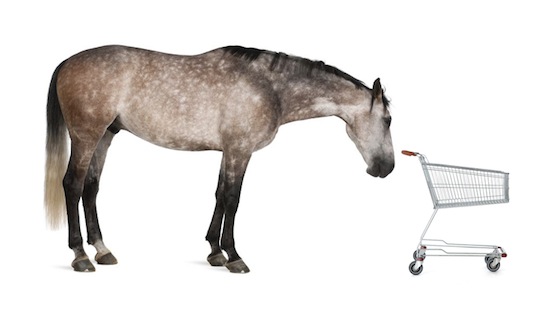
 I met a client in China last week who was telling me of their success in conducting category management programs with two major multi-national retailers. “The thing is, we’ve been doing this for two years and we ask ourselves, now what? Our partners are supportive but they keep challenging us to come up with something new”. I started reflecting on their options and what guidance to give.
I met a client in China last week who was telling me of their success in conducting category management programs with two major multi-national retailers. “The thing is, we’ve been doing this for two years and we ask ourselves, now what? Our partners are supportive but they keep challenging us to come up with something new”. I started reflecting on their options and what guidance to give.
 Ok so it’s pretty tough out there just now – driving sales is a corporate imperative but for many I speak to the first quarter of the year has been like wading through treacle with sluggish demand and customer reticence. Consumer goods sales teams have never been busier but what will make the difference for the rest of this year? Here are a few thoughts about how to improve total sales team performance:
Ok so it’s pretty tough out there just now – driving sales is a corporate imperative but for many I speak to the first quarter of the year has been like wading through treacle with sluggish demand and customer reticence. Consumer goods sales teams have never been busier but what will make the difference for the rest of this year? Here are a few thoughts about how to improve total sales team performance: